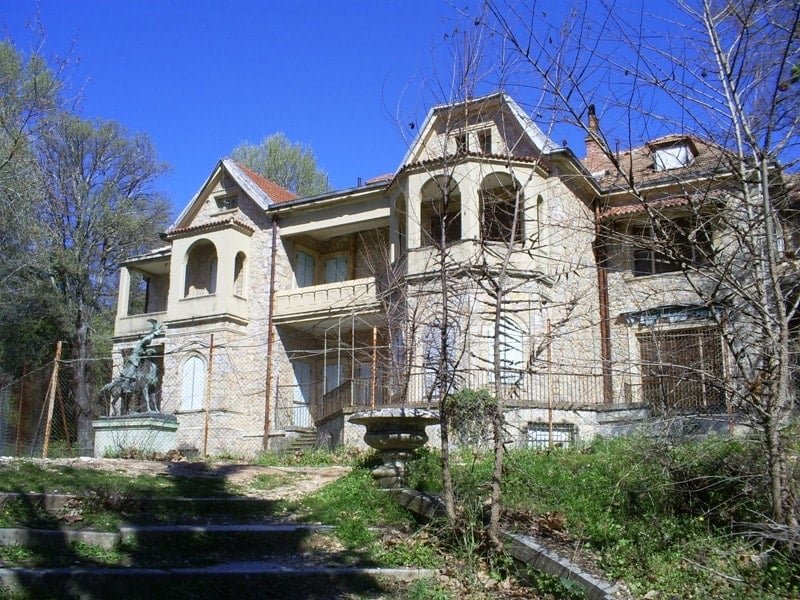
Once a secluded royal retreat in Greece, the former Royal Palace of Tatoi now welcomes the world—not through its gates, but through a digital portal revealing its hidden treasures.
Through an ambitious initiative titled “Tatoi Collections: Unlocking Material Culture and a Century of History,” the Greek Ministry of Culture has made more than 70,000 artifacts from the palace accessible to the public for the first time through a newly launched online portal.

Developed by the Ministry’s Directorate for the Management of the National Monument Archive, the digital archive represents the largest collection of its kind in Greece, bringing together masterpieces of fine and applied arts, historic documents, and personal objects that illuminate the evolution of Greek and European culture from the 19th to the 20th century.
From furniture, jewelry, and porcelain to military decorations, books, garments, and devotional items, each piece tells part of a larger story — one that traces the intersection of art, craftsmanship, and daily life across a turbulent century of Greek history.

Preserving memory through technology
The Tatoi Collections span an extraordinary range of artifacts — from classical influences to 19th-century European design and everyday objects from the 1960s. Together, they form a vast cultural mosaic that captures the shifting aesthetics, politics, and domestic life of modern Greece.
The new portal was presented at the Benaki Museum in Athens, where Greek Minister of Culture Lina Mendoni described the project as a milestone in heritage preservation and public access. She outlined how the ongoing works at Tatoi — scheduled for completion by 2026 — are part of a wider effort to restore and reimagine Tatoi Palace as an open, sustainable cultural park that combines education, recreation, and environmental awareness.
“The documentation and digitization of the Tatoi Collections is not just an act of preservation,” Mendoni said. “It is an act of knowledge and responsibility toward history. Each object gains its own voice, contributing to a broader narrative that links the past with the present.”

Tatoi Palace: From royal residence to national landmark
The Tatoi Palace has been deeply intertwined with Greece’s modern history. Established in the late 19th century, it served as the summer residence of the royal family, set within vast forests, vineyards, and farmland. For decades, Tatoi was a private retreat that hosted family gatherings, diplomatic meetings, and defining moments in the story of modern Greece.
Following the abolition of the monarchy in 1973, the palace became state property. Years of neglect, fires, and environmental degradation left many of its buildings and collections at risk. In recent years, however, the Greek government has embarked on a comprehensive restoration program, combining conservation science, archaeology, and digital documentation to safeguard the palace’s artistic and historical legacy.
Today, the Tatoi complex is being transformed into a public cultural and environmental destination — envisioned as both a space of remembrance and a living center for research, education, and recreation.

A living archive for the future
The digital archive of Tatoi Palace represents a new chapter in cultural stewardship — merging technology, accessibility, and historical depth. Every artifact has been meticulously cataloged, photographed, and documented by experts, offering scholars, educators, and visitors a detailed look at the palace’s role in Greece’s material and political history.
Beyond preservation, the project seeks to bridge past and present, connecting royal heritage with democratic identity, and turning physical collections into an evolving, open-access resource for future generations.
Through this online portal, Greece transforms a once-private royal residence into a living archive of shared memory — ensuring that the treasures of Tatoi Palace continue to tell their stories, not only to Greeks, but to the world.


